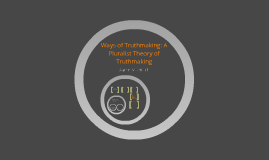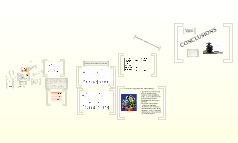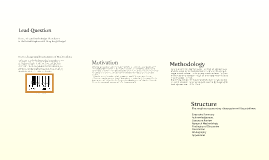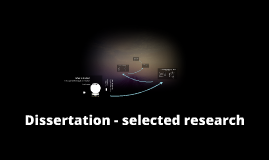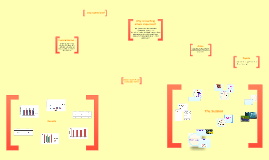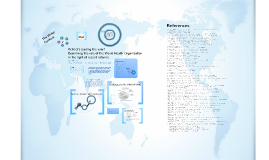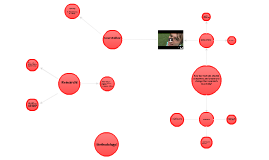Dissertation presentation
Transcript: Why it works: Weaknesses Strengths Contains little to no theory When a multinational brand tax policy is criticised, the stakeholder salience of customers, shareholders, employees, government and communities will be positively linked to the combined number of stakeholder attributes of power, urgency and legitimacy. Provides an extensive agenda for further research within stakeholder salience theory. Journal 1: Stakeholder Salience Revisited: Refining, Redefining, and Refueling an Underdeveloped Conceptual Tool In depth analysis of several key topics; Stakeholder Salience theory Reputation management Global case studies Accounts for the 'Social media era' Looks into ''Current'' issues. Reasons for choosing this: 3 Authors - highly involved in several other publications and academic journals. Shows me where the research gap is and confirms that nobody out there is researching this particular topic! Expands on the original theoretical framework with other key contributions to the theory that has emerged over the past 15 years Last 18 months Joep Cornelissen has done a masterful job in integrating many ideas and approaches to corporate communication: academic theories, professional cases, management and communication theories, stakeholder theories, and U.S. and European perspectives. As a result, students, scholars, and practitioners all will gain a broad understanding of the discipline by reading this book James E. Grunig University of Maryland Weaknesses Topical - published in 2011 "Lacks" some key concepts - particularly Investor Relations, Government Relations and Corporate Branding BOOK: Corporate communications - A guide to theory and practice Provides a solid starting point for analysing Corporate Communications. Scope of the book can be quite narrow - but does provide solid foundation for further research No theoretical approaches Key example that NO ONE is doing this research Very weak even on case studies Authoritative for the reasons: Does not go into depth with how to deal with the situations, but merely talks about what was done and raises some questions for further discussion of the topic Stakeholder salience theory Crisis communication theory Reputation management The Author 3 editions, 4th ed. due in in 03/14 Next steps? (Working) Hypothesis Key theories Weaknesses In short: Corporate Tax and Reputation management Reviews key contributions by other researchers to identify and resolve weaknesses in the original theoretical framework, solidifying the theory itself. A key textbook with excellent resources What is it about Summarises the issues that have emerged over the past 18 months. Joep Cornelissen offers an overall review of corporate communication wiht a lot of practical cases. Most cases are actual and give a broad overview of what happens in this field of operations. This book is recommended in the part of strategic communication management. After evaluation from the students we will considder this book as essential. Mr Theo Bosters Master Education at ADT, Avans University of Professional Educ Professor in Corporate Communications at several universities VU University Amsterdam Leeds Uni. Business School Visiting professor at two other institutions globally. Actively writes on topics for leading academic journals Academy of Management Review Journal of Management Studies Frequently speaks at conferences drawing from expertise to work with public and private sector organizations Look into Crisis Communication theories (Especially Timothy Coombs who is an awarded author on this subject) Review all of Parliaments PAC records of hearings with Google and Starbucks Review all media coverage since the emergence of this topic Review companies annual reports before and after this crisis emerged. Start building on my primary research First attempt to extensively develop this theory, and therefore might require more investigation. "This is a must-have reference book for Chief Executives, Finance Directors, Corporate Communicators and Non-executive Directors in this "involve me" era of stakeholder engagement and corporate communications. How I wish I had had this book on my desk as a Chief Reputation Officer!" - Mary Jo Jacobi, Former Chief Reputation Officer of HSBC Holdings, Lehman Brothers and Royal Dutch Shell Strengths Result of ignoring the tax issue: Dissertation - selected research Journal 1: Tax transparency and reputation: The genie is out of the bottle CORNELISSEN, JOEP. 2011. Corporate communication : a guide to theory and practice. 3rd ed. N/A : SAGE. NEVILLE, B.A., BELL, S.J. and WHITWELL, G.J., 2011. Stakeholder Salience Revisited: Refining, Redefining, and Refueling an Underdeveloped Conceptual Tool. Journal of Business Ethics, 102(3), pp. 357-378. Tax transparency and reputation: The genie is out of the bottle. 2013. International Tax Review, . Picture 1: http://clipartist.info/RSS/openclipart.org/2011/July/24-Sunday/stickman-1979px.png Picture 2:






